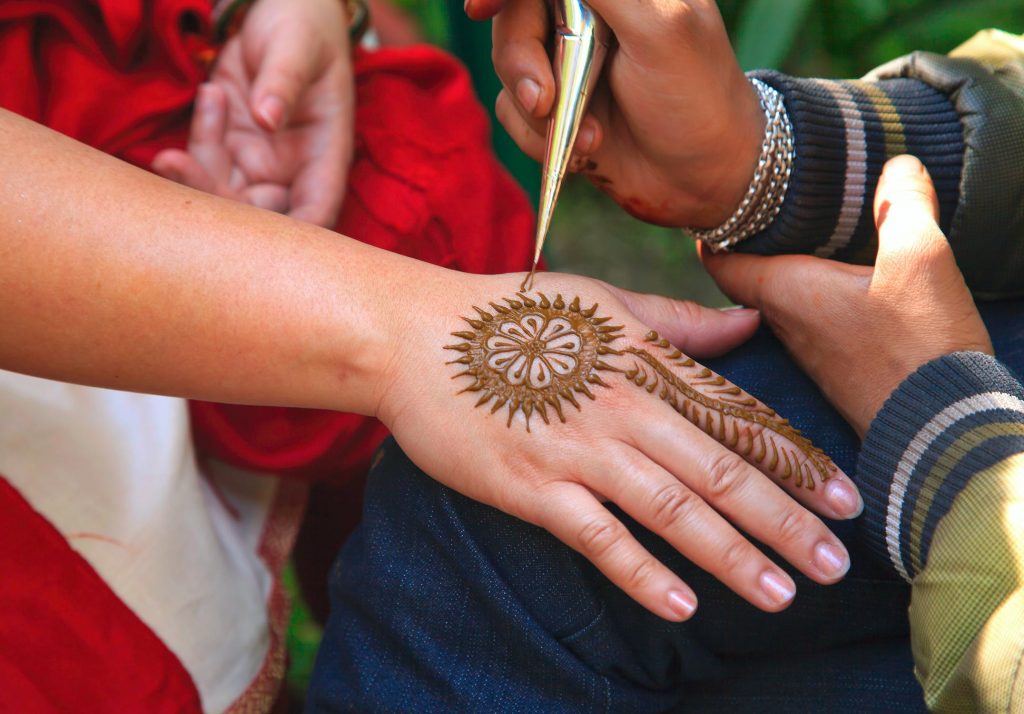Mehndi, also known as henna, holds a special place in Indian culture and traditions. This ancient art form of adorning hands and feet with intricate designs using henna paste has been passed down through generations, symbolizing beauty, auspiciousness, and celebration.
In this article, we explore the significance of mehndi in Indian culture and its various cultural and social contexts.

Source: www.pexels.com
Cultural Symbolism:
Mehndi is deeply ingrained in Indian culture and has been an integral part of weddings, festivals, and other joyous occasions for centuries. It is believed to bring good luck, blessings, and protection against evil spirits. The reddish-brown color of henna signifies
the strength of love and the bond between the married couple. It also serves as a symbol of fertility and marital bliss.
Weddings and Festivals:
Mehndi holds immense importance in Indian weddings. The Mehndi ceremony, often held a day or two before the wedding, is a joyous celebration where the bride’s hands and feet are adorned with intricate henna designs. It is not only a beauty ritual but also a cultural gathering where family and friends come together to celebrate and bless the bride. The groom may also apply a small amount of mehndi as a symbol of his love and commitment.
Apart from weddings, mehndi is an integral part of various festivals in India. It is commonly applied during festivals like Eid, Diwali, Karva Chauth, and Navratri. Mehndi adds an element of joy, beauty, and celebration to these auspicious occasions, creating a sense of community and togetherness.
Artistic Expression:
Mehndi is not limited to traditional designs but has evolved as a form of artistic expression. Skilled mehndi artists create intricate patterns, motifs, and even personalized designs that reflect the individual’s personality and style. From modern contemporary designs to traditional motifs inspired by nature, mehndi has become a canvas for creativity and self-expression.
Healing and Therapeutic Properties:
Henna, the natural dye used in mehndi, is known for its cooling and soothing properties. It is believed to have a calming effect on the body and mind, making it a popular choice for bridal mehndi. Additionally, mehndi is also used in Ayurvedic practices for its potential medicinal properties, such as promoting hair health and relieving stress.
Passing on Traditions:
Mehndi holds a significant role in passing on cultural traditions and skills from one generation to another. The art of applying mehndi
is often taught within families, where mothers, grandmothers, and aunts share their expertise and teach younger generations the intricate techniques and designs. This practice helps preserve the rich cultural heritage and ensures that the art form continues to thrive.
Mehndi is not just a temporary form of body art but a deeply ingrained cultural symbol in Indian society. It represents love, beauty, celebration, and the coming together of families and communities. With its evolving designs and artistic expressions, mehndi continues to captivate and inspire people around the world, serving as a timeless tradition that celebrates the richness of Indian culture.

